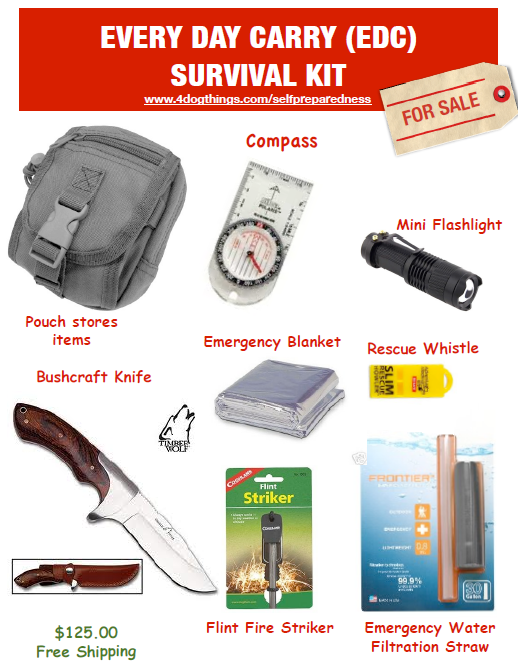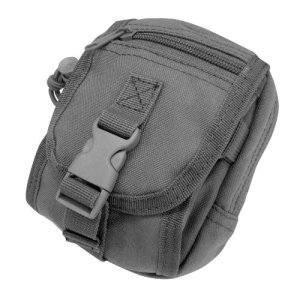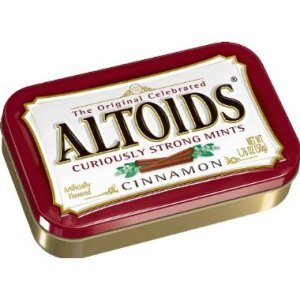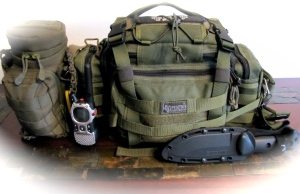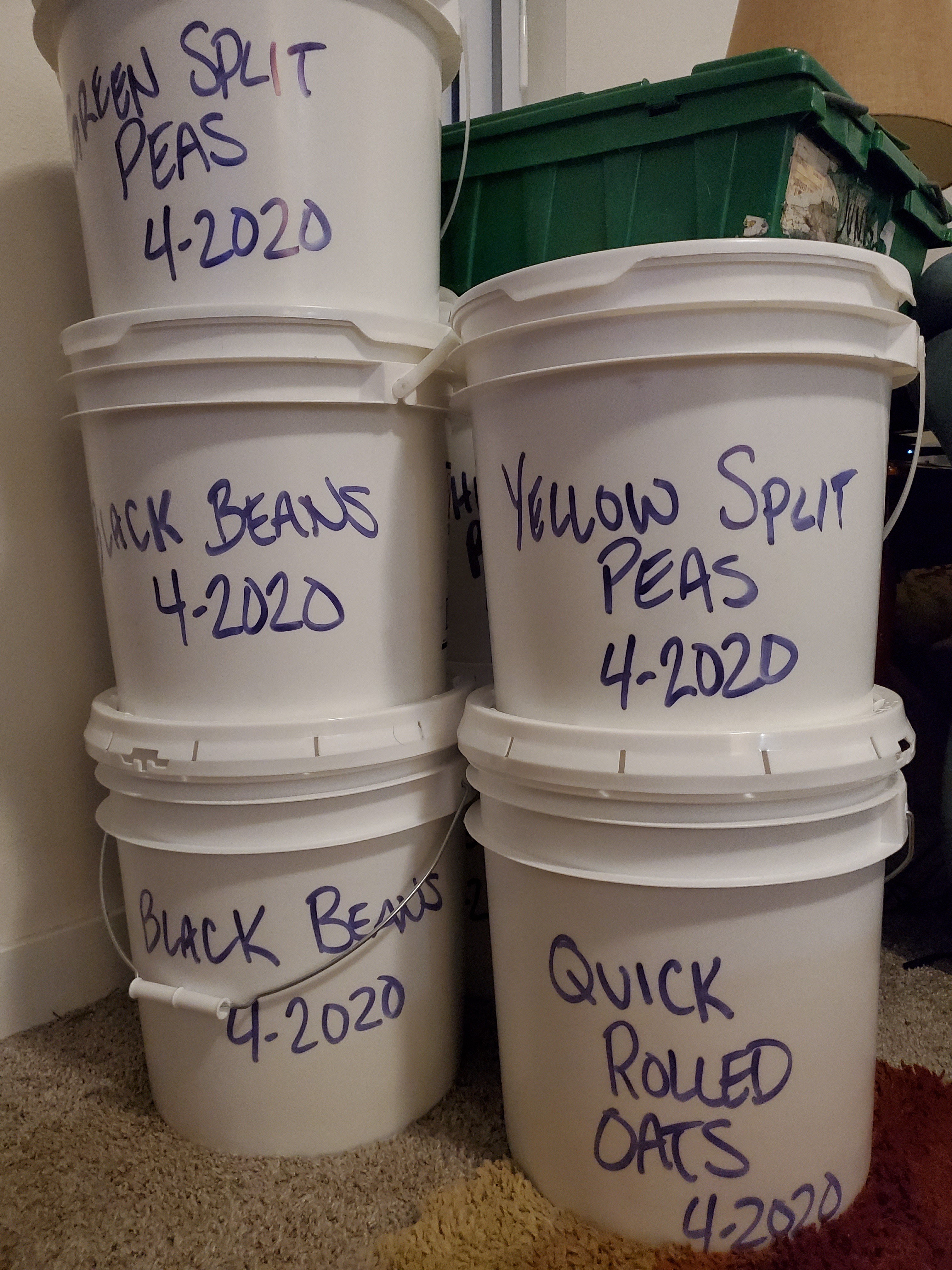
I did not see this Corona/Covid -19 pandemic coming and was not fully prepared. Yes, I have thought about the possibility of a pandemic/outbreak of disease as a possible scenario for bug out. or in. However this caught me off guard and gave me some lessons. One, to have more toilet paper in reserve. More seriously however that I need to have more masks, gloves and rubbing alcohol stored. A large number of people may be saying this to themselves consciously or subconsciously right now. I have been a “Prepper” for over 10 years now and to some degree I have said this to myself recently. Some people found that they were fully prepared however I would venture to say that those people are relatively few in numbers. More than likely the majority of people have found that they were totally unprepared. Myself I am somewhere in between. Where do you start if you were someone totally unprepared you may be asking?
In a nutshell remember this. You can survive for 3 minutes without oxygen, 3 hours exposed in hot or cold environments, 3 days without water and 3 weeks without food. And I lastly however not necessarily in this order, I add 3 seconds without a self defense tool/weapon. This is known as the rule of 3’s. These are approximates and not guarantees.
My advice to people who want to prepare for the next calamity is start with food and water. To start, initially make a goal to ensure that you have 2 weeks of food on hand separate from your regular grocery expenditures. In that I mean that you have two weeks of food set aside not factored into your regular weekly, biweekly or monthly menu planning.
Once you have obtained that goal, slowly add to that and make your next goal to have one month of food on hand. Start with foods you would normally eat for the two week and month supplies. Do so via creating a separate pantry and or freezer for your food stock pile. From there and beyond the one month food goal start focusing on staple items in bulk such as 25 or more pound bags of split peas, flour, beans, oats for example. Keep increasing your goal until you reach your desired end goal whether it be 6 months, 1 year or 5 years of food.
If money or time is an issue, this format will help you start out with little money and time and progressively add to your food stockpile. If money is real tight, even just buying one extra can of food or an extra jar of peanut butter each grocery trip for example is a start. It all adds up over time. It helps to break the task of food storage down into the smaller chunks/goals as to not be so overwhelming.


